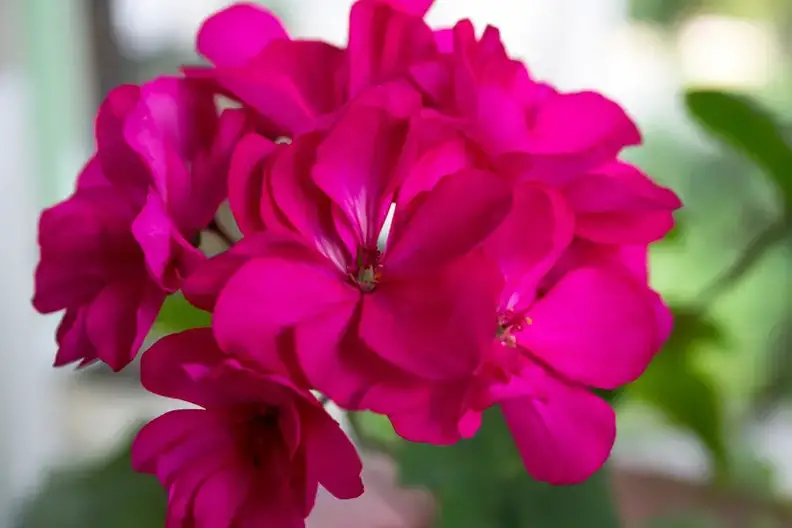
If you walk into nearly any greenhouse or garden shop, you’ll probably find at least one or two varieties of Geraniums. In most places, gardeners treat these large, luscious blooms as annuals, since they need to be brought indoors during the winter to keep them from dying, but in the coastal and tropical south, they are hardy plants that can grow into large, woody shrubs. In other places, these plants don’t grow nearly as large, but the drought-resistant, deer-resistant hardy plants are a favorite of gardeners everywhere.
Geraniums are native to South Africa, and prefer full sunlight and fast draining soil for best results, but they also do well in partial shade, in particular in the morning and late afternoon. The exception to this rule are the Martha Washington Geraniums, which prefer a bit of shade and moist soil. In private gardens and landscaping, geraniums are a low-maintenance standard for beds, borders, and container gardens. They come in a large variety of colors and sizes and when grown indoors as a houseplant can bloom all year long as long as they are getting enough light.
Geraniums aren’t just pretty ornamental flowers; they are also grown for the essential oils found in their leaves (particularly in the Ivy-Leaf and Scented-Leaf variants) that are used in perfumes and in aromatherapy.
These hardy, beautiful, and fragrant flowers are a staple for any garden, whether yours is an indoor container garden or a lush, landscaped outdoor garden. They’re easy to take care of, so you can spend more time enjoying your flowers and a lot less time fretting over their care.
Garden Geranium
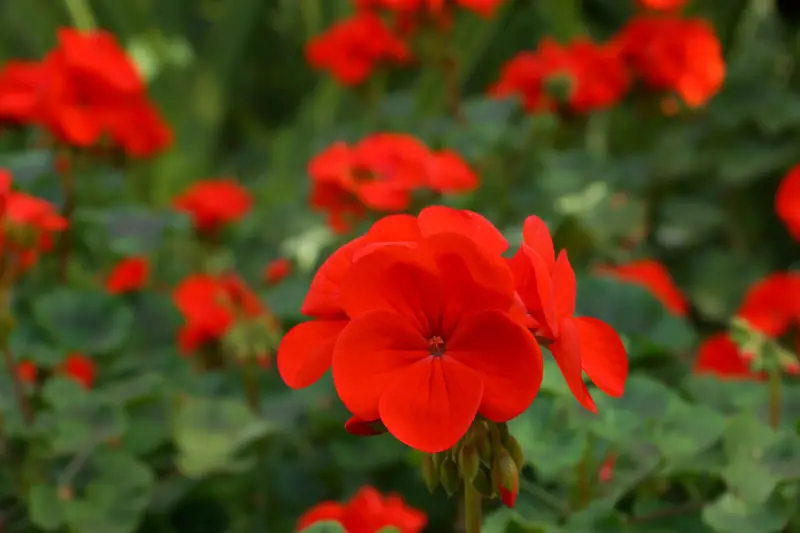
The Garden Geranium, or pelargonium x hortorum, is the most commonly found geranium in ornamental gardens. These are stocky, large plants with single or double blooms in the form of large clusters that resemble balls. These are also called Zonal Geraniums for the colored bands on the leaves. These common beauties can come in orange, red, salmon, pink, white, and lavender. These large, tall plants are commonly seen in pre-made hanging baskets and planters, prized for their hardiness and variety of color.
Martha Washington Geranium
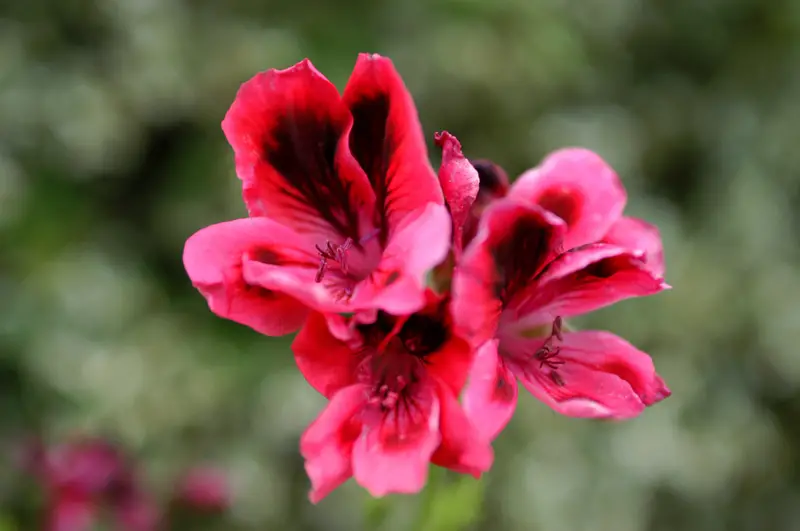
The blooms of the pelargonium domesticum are the largest of all geraniums and are bi-colored, with a darker center that fades out into lighter colored petals, usually in white. Other color combinations include violet and lavender, pink and white, magenta and pink, and bright crimson fading out into a primary red. This variety of geranium prefers colder weather than other geraniums, and its blooms appear in early spring and in late fall, when the weather isn’t too hot.
Ivy-Leaf Geranium
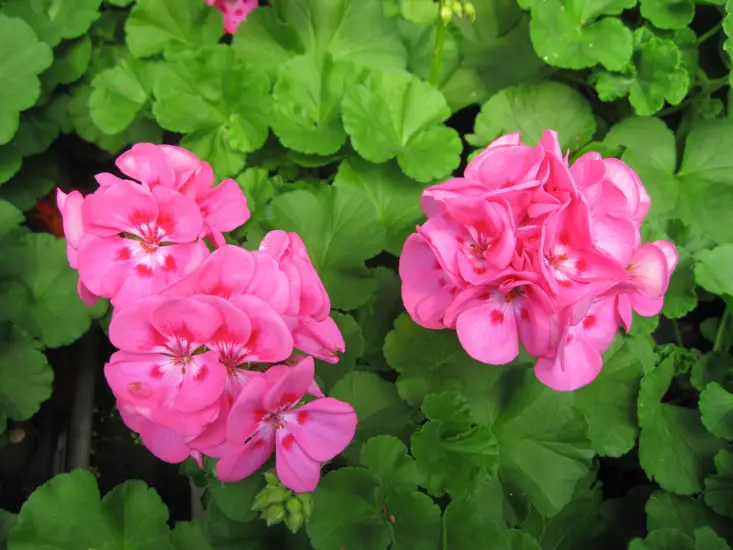
Unlike other geraniums that stand tall and droop only slightly, Ivy-Leaf geraniums (pelargonium peltatum) have thin, delicate stems that trail and cascade. These are most commonly used in window boxes and hanging baskets for best effect. Their common name comes from the thick, fleshy, glossy leaves along the stem. The flowers come in reds, purples, and pinks, and unlike other varieties, need constantly moist soil and protection from the sun during hot summer days.
Scented-Leaf Geranium
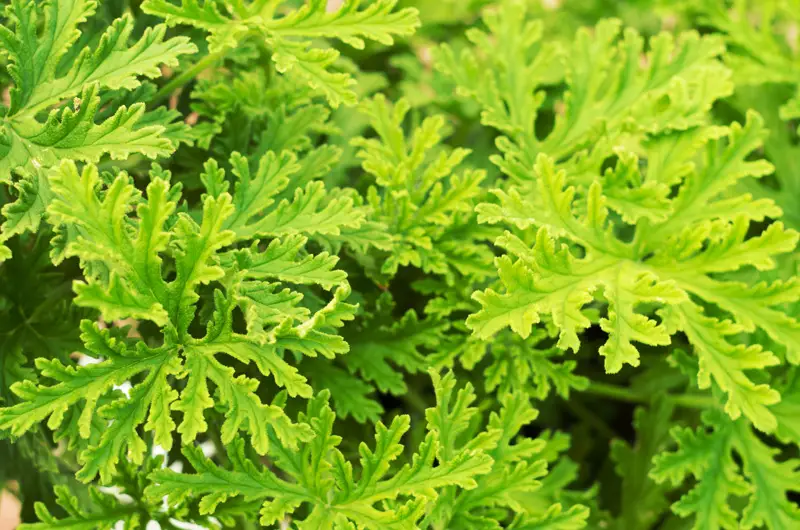
Pelargonium graveolens is a variety of geranium grown specifically for its fragrant foliage. As heirloom plants that haven’t changed very much, their blooms are among the smallest in the geranium family. These work best in containers and planters near patios and other seating areas where the scented leaves can be enjoyed. Each variety of scented-leaf geraniums has a different scent. Among these scents, the most pleasant are mint, chocolate, spices, lemon, and other citrus scents. Their leaves can also vary depending on the species you have: lacy, serrated, rounded, or crinkly.
